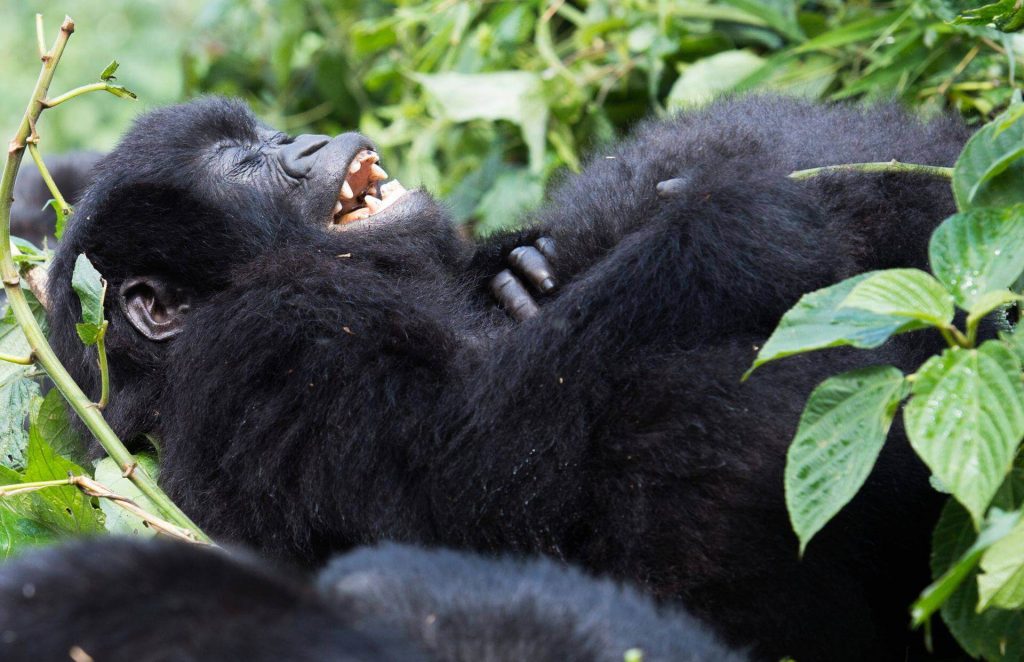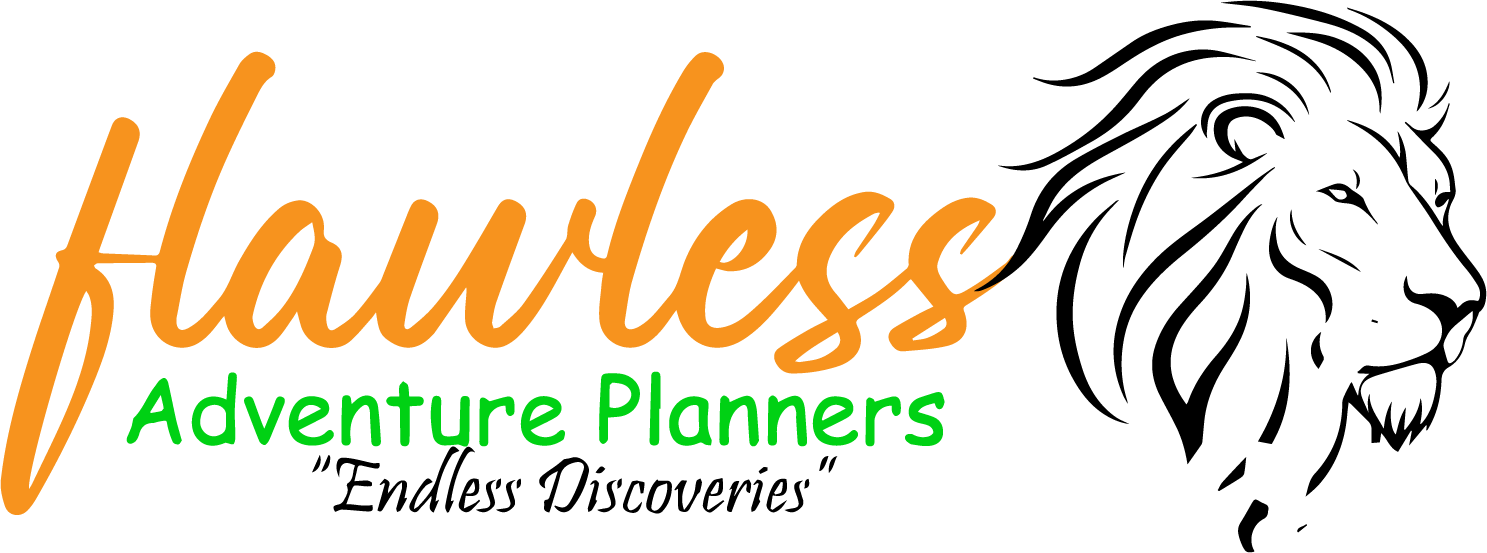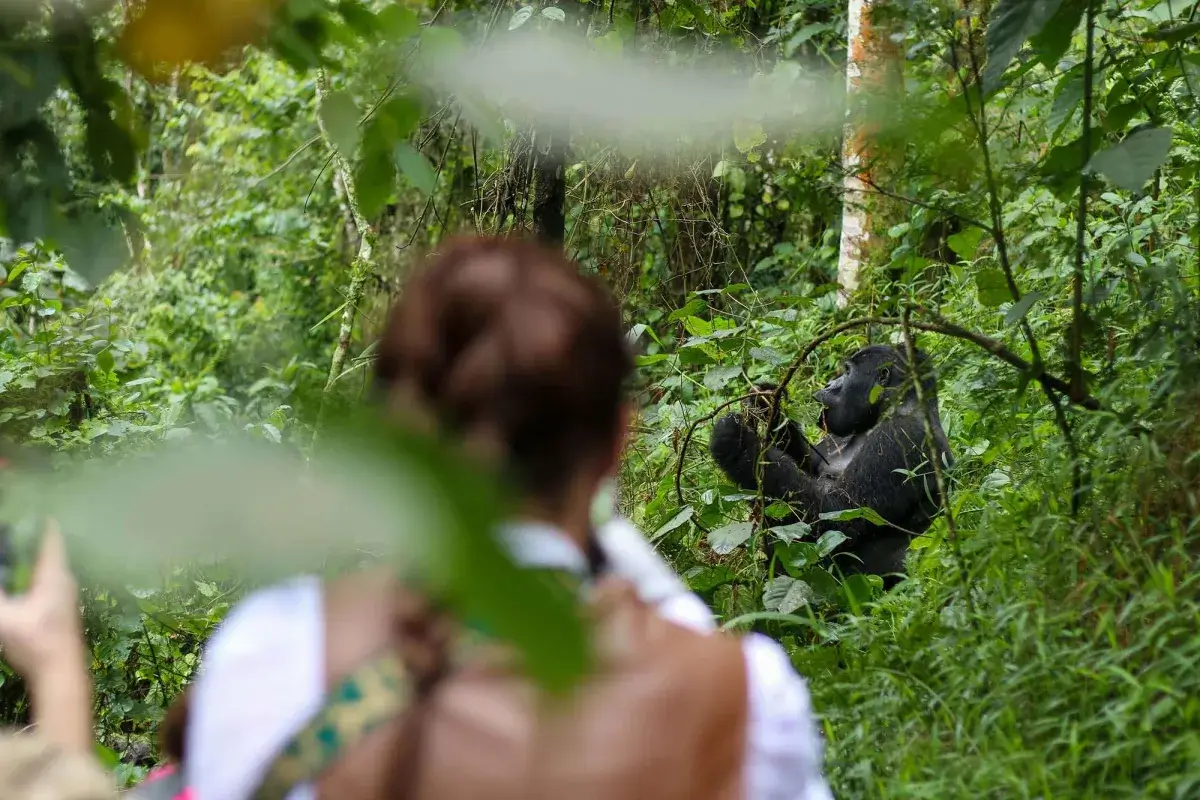Best Time To Go For Gorilla Trekking
Best Time To Go For Gorilla Trekking By Season
What is the best time to go for gorilla trekking tours in Uganda and Rwanda? Gorilla trekking, often hailed as the “epitome of unforgettable experiences” and a once-in-a-lifetime opportunity, provides a captivating adventure for primate enthusiasts to walk through the African jungles to search for the exceptional Giant Apes that call these forests home. With a population of fewer than 2,000 individuals living in the jungles of Uganda (Bwindi Impenetrable and Mgahinga National Parks), Rwanda (in Volcanoes National Park), and the Democratic Republic of the Congo (Virunga National Park).
Meeting face-to-face with the endangered mountain gorillas in the wild is a dream-come-true for most primate enthusiasts. However, deciding when to embark on your life-changing gorilla trekking safari ensures a memorable experience. Gorilla treks are available year-round, but understanding how the dry and wet seasons impact gorilla trekking experiences is crucial. Depending on how you weigh your priorities, our detailed information will help you decide which season is right for you.
To help you choose the best time to go for gorilla trekking, we have compiled an ultimate guide that provides information about the weather in mountain gorilla natural habitats, seasons, and typical rainforest travel conditions. This allows you to make an informed decision based on your knowledge.
It is worth noting that the weather, trekking conditions, and tourism seasons in Rwanda and Uganda are generally similar, and the best time to go for gorilla trekking will depend on your personal preference. You might choose the drier months, while someone else might prefer the wetter months when the forests are fruiting and flowering. We can boldly state that there is no wrong time for a gorilla trekking adventure- whichever season you choose, you are sure to share this special wild World with one of Earth’s most spectacular creatures. Read on as we explore the intricacies of the seasons and unearth the ideal time to visit the gentle giants in the jungle.

Understanding Gorilla Trekking Seasons in Uganda and Rwanda
The mountain gorillas’ natural habitats (be it in Uganda, Rwanda, or the Democratic Republic of Congo) experience two prominent seasons: The wet season (also known as the rainy season) and the dry season.
Best Time to Go Gorilla Trekking -Wet/Rain/Low Season Guide
Wet/Rainy season
The wet season, typically from March to May and October to November, allows gorilla trekkers to immerse themselves in the jaw-dropping beauty of the jungles as rain falls, nurturing the rainforests into a sea of vibrant green. This time of year means the Giant Apes have more food (trees drop fruit and vegetation becomes denser), hence they will be easily spotted within the forest borders. This means gorilla treks are shorter during the rainy seasons, as the Giant Apes are drawn by abundant food.
For visitors looking to add gorilla and nature photography to their gorilla trekking safaris, the wet season is the perfect time to go for gorilla trekking. The revitalization of vegetation in these natural habitats makes the landscape the perfect backdrop for pictures.
Additionally, migratory bird species also begin to return, hence making the wet season the best time to combine gorilla trekking with birding. As this season isn’t as busy as the dry season, it is often referred to as the “low tourism season”; hence, visitors might enjoy discounted prices (especially on accommodation) as well. Because the wet season is an unpopular time for gorilla trekking, last-minute bookings are possible for small groups/small number of permits.
In addition to providing more choice in accommodation and permit availability, reducing visitor numbers in the low (wet) season provides more intimate gorilla trekking experiences.
On the downside, it is important to note that rain will make forest trails muddy and slippery, which means it will be more challenging to navigate the forest while searching for the Giant Apes in their natural habitats. The muddy forest trails and roads leading to the National Parks can become tricky to handle.
However, with the appropriate clothing and footwear, walking through the forest may not be a challenge.
Best Time to Go Gorilla Trekking -Peak/High/Dry Season Guide
The Dry season (month by month)
The dry season (between June and September, as well as between December and February) is popular among gorilla trekkers. During this time of the year, vegetation cover becomes sparser with the significant reduction in rainfall.
Forest trails become drier, less muddy, or slippery during the dry season, hence making it less challenging to trek the forest while spending time locate the mountain gorillas. Forest Trails are therefore made more accessible since the forest floor is drier, hence making it possible to freely enjoy spectacular landscapes with more sunshine and thinner vegetation.
With receding rainfall levels, vegetation becomes sparser, hence mountain gorillas will be forced to move deeper, farther into the forest in search of fresh forage. This means gorilla treks are likely to get longer during the dry season; hence, be prepared to spend more time searching for them. For this reason, we always recommend carrying a packed lunch and enough drinking water to keep energized and hydrated during gorilla trekking in the dry season.
It is therefore undeniable that the dry months are the most popular time to go for gorilla trekking in Uganda and Rwanda. While June is still a relatively quiet month, by July, Bwindi and Volcanoes National Parks’ Safari Lodges are booked solid.
Additionally, gorilla permits become unavailable on some dates; hence, it is advisable to book your gorilla safari as early as possible to avoid last-minute disappointment. If you plan to go for gorilla trekking during the peak season (which coincides with the dry season) or if you are in a large group, it is advisable to book at least 12 months or more in advance. This is because the earlier you book for your trip, the more choices you have on where you want to stay or gorilla trekking location (especially for Bwindi, which is divided into four trekking sectors/regions).
Also, rates for accommodations are at a premium; hence, the dry season (which is also the peak season) would not be a perfect time for budget travelers to make multi-day gorilla treks. The exception is June, when savvy shoppers can still find accommodations providing shoulder-season rates.
What to pack for a gorilla safari
When planning to go on a gorilla safari, make sure that you have packed the right items to avoid during your overall trekking experience.
For clothing, it is recommended to have comfortable and lightweight clothing (long-sleeved shirts and safari pants), and it should be in neutral colors (Khaki, light tan, brown, and beige) to properly blend in with the background.
Always remember to layer up or down according to the weather; hence, it is advisable to bring a fleece and a waterproof rain jacket regardless of whether you are trekking gorillas in the dry or wet season. Even in the dry season, rain can be experienced as mountain gorillas live up in the mountains with thick vegetation.
You will want a wide-brimmed hat to keep the sun off your face during gorilla trekking adventures. Additionally, sunglasses and sunscreen are recommended for these once-in-a-lifetime experiences.
Start your Gorilla trekking safari with Flawless Adventure Planners. With more than 5 years of experience, we have provided inspiring and once-in-a-lifetime safari plans. Our personalization of each gorilla tour ensures that every visitor’s trip is custom-built to fit his or her needs and aspirations. Start planning your gorilla safari today!


